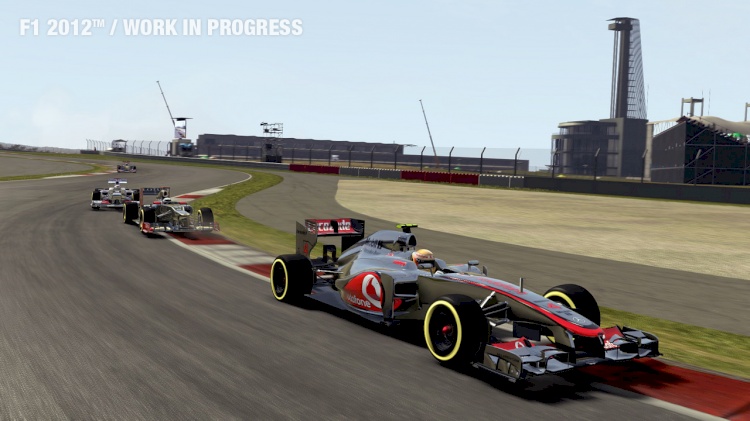I had a really excellent time last week attending the Dispute Resolution Board Foundation conference and training in Seattle. The DRBF (http://www.drb.org/) is a small, sincere organization that promotes dispute avoidance and resolution on construction projects using the proven Dispute Resolution Board (DRB) method. Having participated in much larger, formal, and bureaucratic standards organizations, the DRBF conference was refreshing in their pragmatic approach to accomplishing the group’s mission. Training was provided by founding members, the attendee were a veritable “who’s who” of construction in the Pacific Northwest, and the excellent interactive format made the training quite effective.
At 47 years old, and with 24 years professional experience, I was the second-youngest person attending the meeting (one of the founding members brought his son,. an accomplished construction manager.) The group has recognized a need for younger members and is in the early stages, it seems, of taking action toa ssure that the organization manes a successful transition when the founding members are ready to reduce their involvement.
As an added bonus, a neighbor of ours back in Lake Oswego was there for part of the conference. Two goals for our move back to the Mainland were to reconnect with a broader professional community, so I could attend events like the DRBF conference, and to reconnect with old friends. It was particularly satisfying that both happened at the same event.
